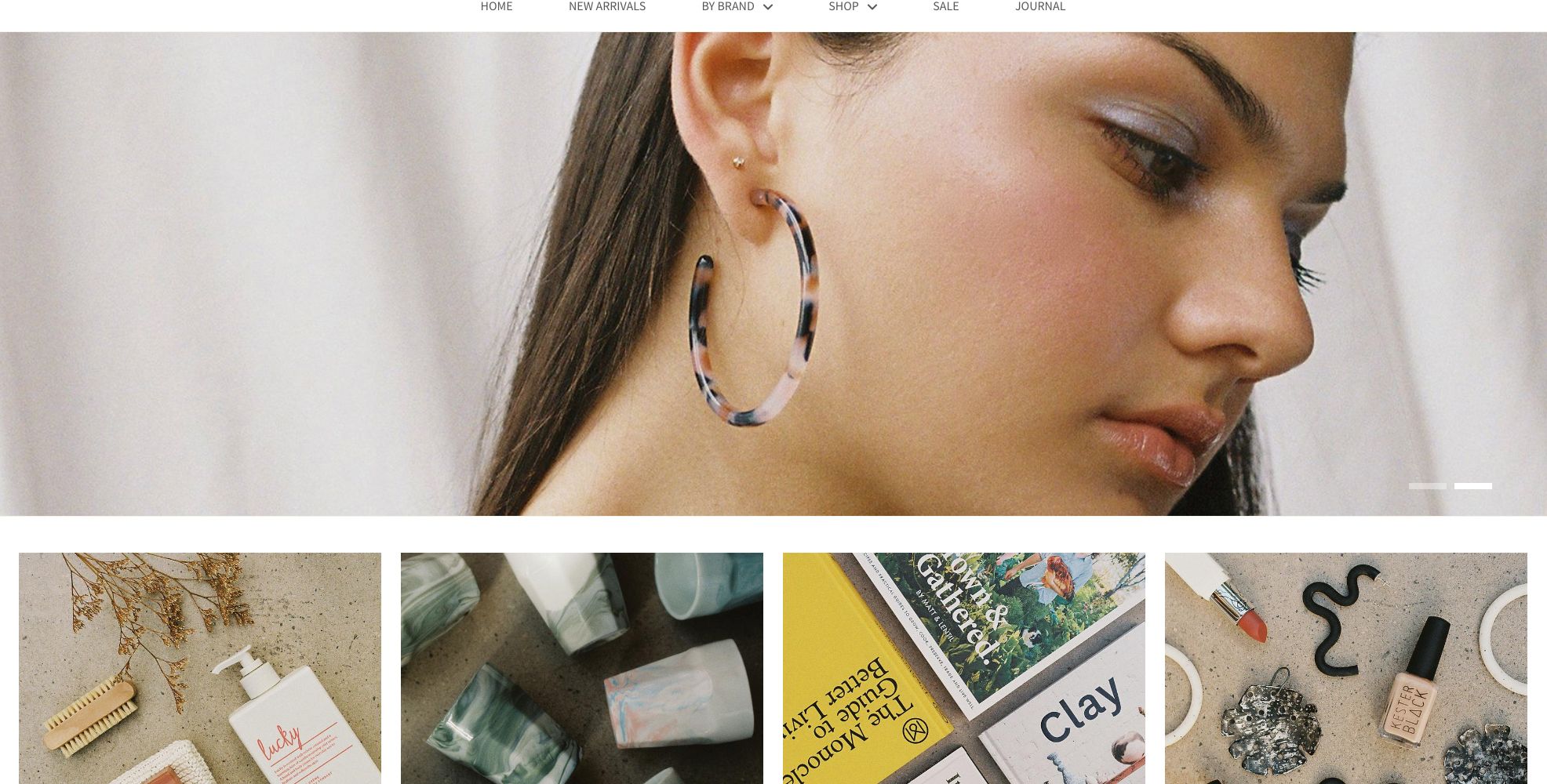
Meet The Grandmother Behind Super Chic New Zealand E-Tailer Mooma
In the age of Amazon and globalization, it can be rare to encounter things that are really special, but Rose Miller tries hard to unearth them for customers of her year-old Wellington, New Zealand-based multi-category e-tail concept Mooma. She gravitates to goods that have compelling stories, values and creators behind them. “When I contact a company, and they say, ‘Here’s the name of our distributor,’ I’m put off by that,” says Miller. “I love working directly with the people who run brands. I like people, and I like developing relationships with them.” Beauty Independent chatted with her about searching for items across the globe, bringing them to her domestic clientele, cultivating an empowering and feminine aesthetic, and the unusual reason for Mooma’s name.
What led to the creation of Mooma?
I’m a graphic designer by trade. I’ve done it for years. I really enjoyed it, but I got to a stage where I wanted to build a brand for myself with things that I loved. I have always enjoyed online retail, and I thought there were gaps in the market for niche products from overseas in New Zealand. I still carry on my graphic design business, and Mooma is my side project. I have to strongly believe in all the products that I sell.
What’s the concept behind the site?
It’s things that I love, but also ethical brands, and brands that I can deal with directly and not through a distributor. It’s very relationship-driven. I’ve become a vegan, so I tend toward vegan products as well. My partner is vegetarian, and I’ve been vegetarian on and off, but I made the big move to become vegan two months ago. It’s coloring what I’m doing. I was stocking some leather products, and I’m not restocking them. Because Mooma is my passion project, it reflects my values.
How many brands are stocked on Mooma now?
I have about 16 brands. I work from home, and they’ve taken over two rooms in my house. I have grown-up children and, when my daughter comes over from Melbourne, she has to stay at an Airbnb because there’s nowhere to sleep.
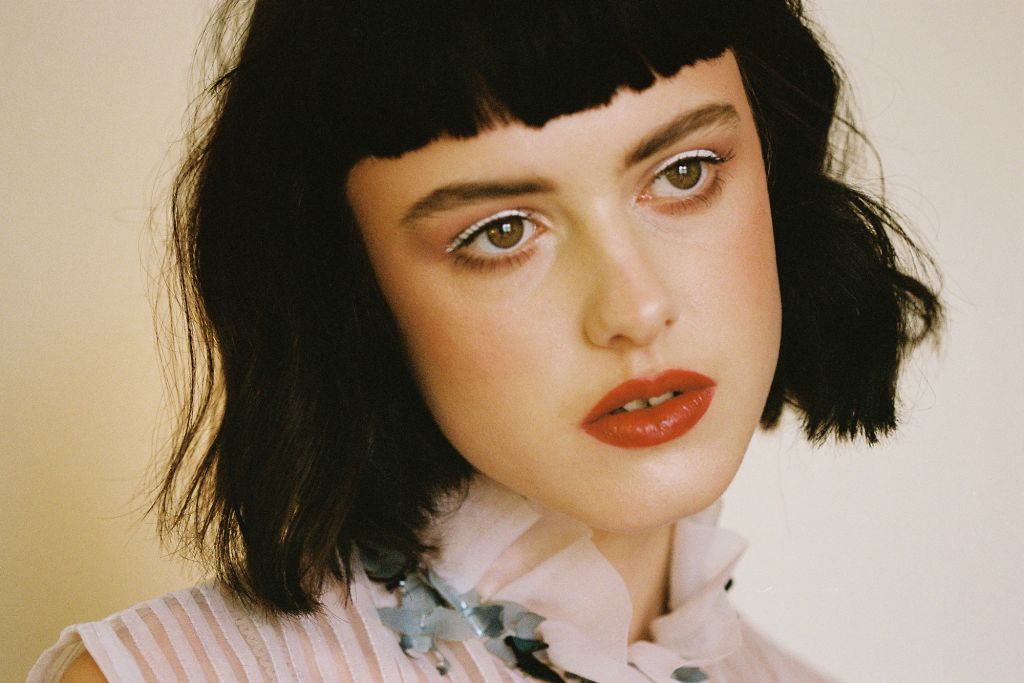
Where does the name come from?
I recently became a grandmother, and I really didn’t want to be called nana or grandma. I decided that my grandmother name was going to be Mooma. I was told by my very conservative daughter that that was too weird. So, my grandson calls me nana, but my children quite often now call me Mooma. I think the name rolls off the tongue easily, and I like the way it looks visually as well.
How old are you?
I’m 54, but I’m a very young 54. I feel like a dick saying that, but I do believe I have a younger outlook.
When you developed Mooma, how did you think it could fit into the market in New Zealand?
In New Zealand, we can purchase a lot of things, but we often have to pay a lot for shipping. I felt there was room for products from smaller niche brands like DedCool. We don’t get those small, niche boutique brands. It takes somebody to start bringing them in, and it can take a lot of planning. Importing perfume, for example, isn’t as easy as stationary or even cosmetics.
How do you discover merchandise?
I hunt for it. I spend quite a bit of time on Instagram. I really enjoy finding products to bring in. I send emails and chat with people to find out what their minimum quantities are, and to see if there are going to be items that will sell here.
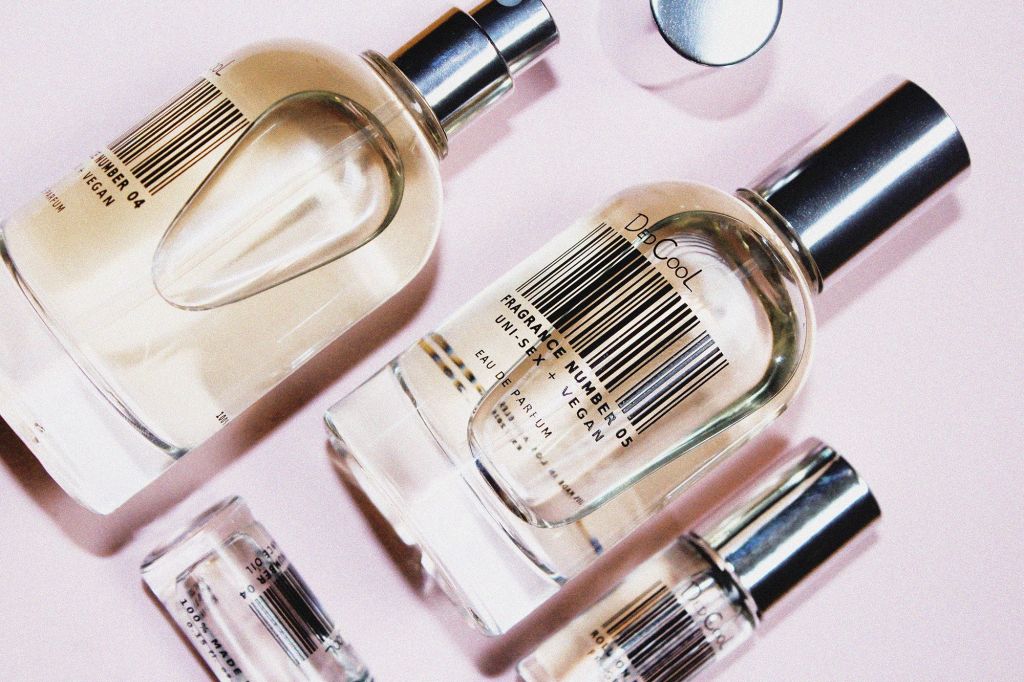
What makes a product or brand fit what you’re trying to build?
Certainly, I like to deal directly with the maker. I’ve brought in a broad range of items. I have ceramics from Australia and bags from L.A. L.A. is a place where I’m finding that a lot is going on that I like the look of. There’s a good attitude about sustainability and making healthier choices for ourselves and the environment going on in L.A., and it’s a place that I’m looking at more and more for suppliers. It’s also just about things that catch my eye and that I can see fitting into the visual aesthetics of Mooma.
How would you describe the visual aesthetics?
There’s a certain softness and femininity. We don’t ever retouch our models. We think it’s important to keep things real. I worked with a young photographer, Evangeline Davis, who had just come out of doing a fine arts degree in photography. She very much helped to mold Mooma’s aesthetic, and I chose her mostly for her particular way of portraying femininity including our bodies’ shapes and quirks. I liked the way she never glossed over the more undesirable parts of our bodies and faces, but rather celebrated them and brought them to the fore in her art practice. She is definitely more of an artist than a commercial photographer, and I also liked that about her. We only ever used natural light, and Evie worked in 35-millimetter film rather than digital, which definitely added another dimension to the resulting images.
How do you see beauty products fitting into the overall assortment?
I look at beauty products as being about self-care and self-love. They can make you feel good and empowered. When women make good choices for the planet – and they know they’re not putting harmful chemicals all over themselves – they are making a difference.
What are some of the beauty brands Mooma carries?
I don’t have a lot of beauty products, and I’m looking to see what else I can bring in. At the moment, I have Kester Black from Melbourne. They make high-quality vegan nail polish. I’ve got lipsticks from Nudus, which is certified organic out of Australia. While it’s not vegan, it is natural. It has beeswax. It’s made by a small family company, and it’s handmade in small batches. That’s the kind of brand story I really love. I recently brought in DedCool from L.A., and it’s been nice working with [DedCool founder] Carina [Chazanas] to bring it over. It’s been really well-received because I’m exclusively selling it here.
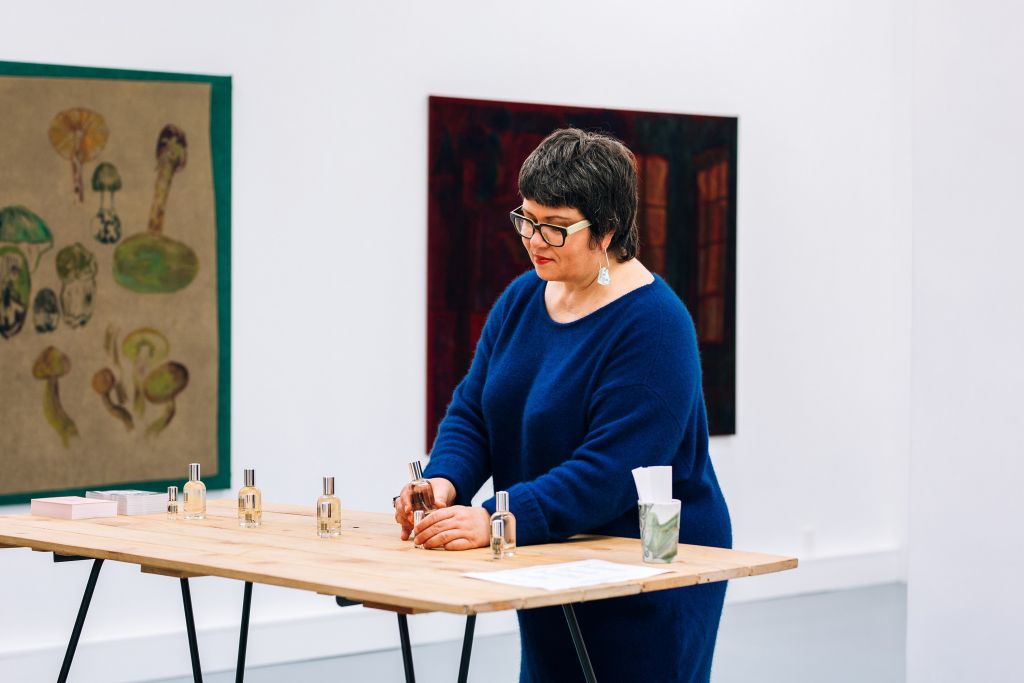
Who are Mooma shoppers?
They are predominantly women. They’re fashion-minded and ethics enter into their purchasing decisions. They are not buying a lot, but they are buying for quality.
Is there strong demand in New Zealand for natural beauty?
It’s a very strong market here for natural beauty. It’s quite big market relative to the size of the country. There’s only about 4 million people. We enjoy nature and the outdoors. We take a lot of pride in our environment. So, anything that impacts that environment, we are generally pretty aware of, and we are aware of what impacts our choices have. When it comes to what we eat, there’s a big vegetarian and vegan population.
Have there been any products that haven’t sold as well as you thought they would sell?
I thought candles would sell faster, but I think it’s tricky selling them online. Since I don’t have a brick-and-mortar store, occasional pop-ups are important for me. People need to smell the candles. What’s been great about DedCool is giving out the sample packs because people will buy them and go, “OK, this is the perfume I like,” and buy the eau de parfum or roll-on after they’ve sampled it. Then, once a brand gains some recognition, people are more likely to purchase it online.
Do you attempt to stock products that range in price?
I don’t want to be really exclusive and have really, really high prices. A lot of my purchasers are younger, and they probably don’t have a great deal of disposable income. So, I do keep pricing in mind. I don’t want to stock very high-end jewelry because I probably wouldn’t be moving much of it if I did. I want to have accessible products.
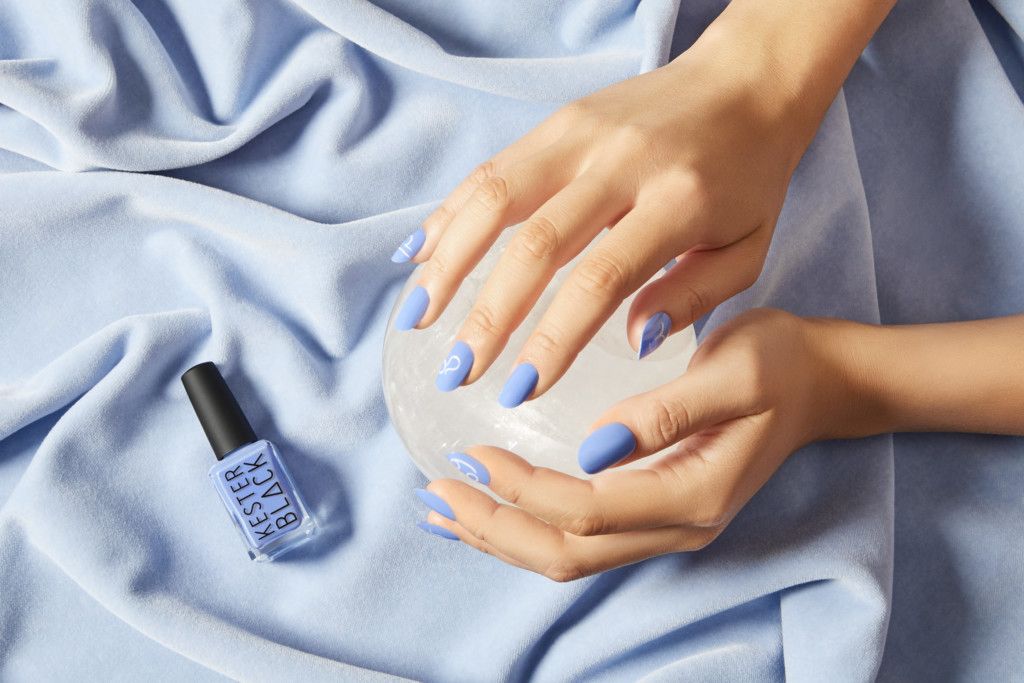
Is it difficult for you to bring in a brand from the U.S.?
It’s simpler than I thought it would be. I use an importing agent for anything that’s a bit trickier, and where the supplier is more comfortable with me doing the shipping. As soon as it hits customs here, I am charged the duty, and the parcel is released. I’m only bringing in small amounts, a few boxes here or there and not a whole container because we are boutique. Perfume wasn’t as simple because we had to deal with hazardous substance rules. It took quite a bit of time between Carina and I getting that all sorted out. There was a huge amount of paperwork.
You put a lot of effort into the launch of DedCool at Mooma. Tell us about that.
I was bringing in an unknown brand to New Zealand and only selling online, so I felt I had to get the word out there and create desire for the brand. I engaged a PR person for the launch. I think it worked well, and it was really fun. You get media you would never otherwise get, but it’s really hard to measure [the impact on sales]. I can’t tell you dollar for dollar, but, in the long term, I definitely think it was worth it, and I’d do it again. The amount of publicity it got me was fantastic.
Do duties affect product prices on Mooma?
To some degree. If a brand is from America and may be already sold in Australia, I check out what’s being charged in Australia, and I take that into account. I research what consumers are likely to pay, so I may not pass on all of the duty. I may take a hit on the duty, but I’m running a business, and I have to deal with that cost. It’s a balance.
Do you try to purchase certain quantities from brands to make it worthwhile for you?
Coming from Australia, shipping is not bad, so we don’t have to worry about quantities. If something is coming from the States, it’s a bit of a balancing act because I want it to be worthwhile for the shipping costs. Most of the companies I buy from have minimums of $200 to $500 and, often, I end up doing over $1,000 for the first purchase because it makes sense for me to bring in a reasonable amount of product.
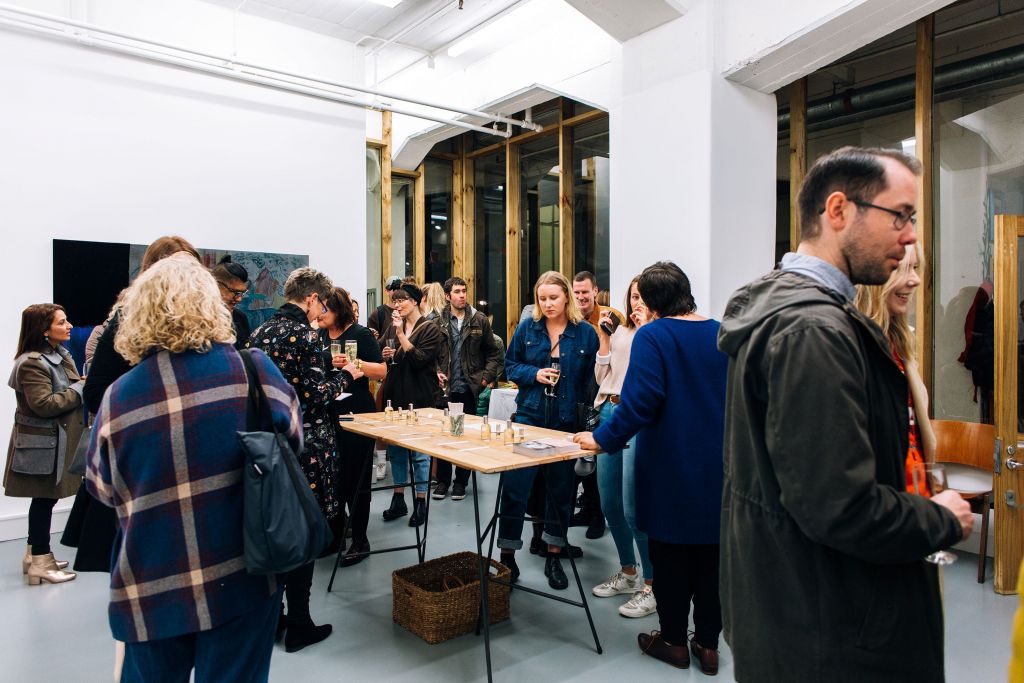
Do you find customers in New Zealand are particularly sensitive to shipping costs?
New Zealand is far away from the States, and it can be expensive for a person buying one or two items from the States, so people are definitely sensitive to those shipping costs. I just had an inquiry from someone in America who wanted to buy ceramics. It was going to be $35 for shipping alone. So, it’s definitely quite a lot to cross the Pacific. In New Zealand, we have a flat rate of five New Zealand dollars and free shipping over 100 on Mooma. I think most people in New Zealand charge around the five to 10 mark, so five is pretty reasonable.
What’s your approach to social media?
Original content is key for me. I don’t want to be grabbing images from someone else and putting them up all the time. I have someone working for me one day a week who is a photographer. We plan shoots together. When I’m looking at product to bring in, I check out what their social media is like to see what images that they can supply as well, but I try to have 50% original content that we have generated.
How’s business at Mooma?
It’s growing pretty fast. Because this isn’t my sole income or even my main income, I didn’t put the bar high. I thought I’d just see how it goes, but I’ve gotten a really good response. The traffic is increasing. I’m getting upwards of 200 hits a day, which doesn’t sound like a lot, but it’s good for a young brand.
How can you grow the traffic further?
I have engaged a company called SponsoredLinX in Australia to work on Google and Facebook ads for me. I’m going to do a trial for three months and see what the payback on that is. I’ve been putting money toward print advertising, which I don’t want to continue because it’s too expensive, but I think it’s important for recognition. Because of the advertising costs, I’m not making major profit at this stage, but I think I need to put money in at the beginning to build. Because I don’t have a shopfront, my shopfront is social media. I just hit 2,000 [followers] on Instagram. In New Zealand terms, that’s doing pretty well.
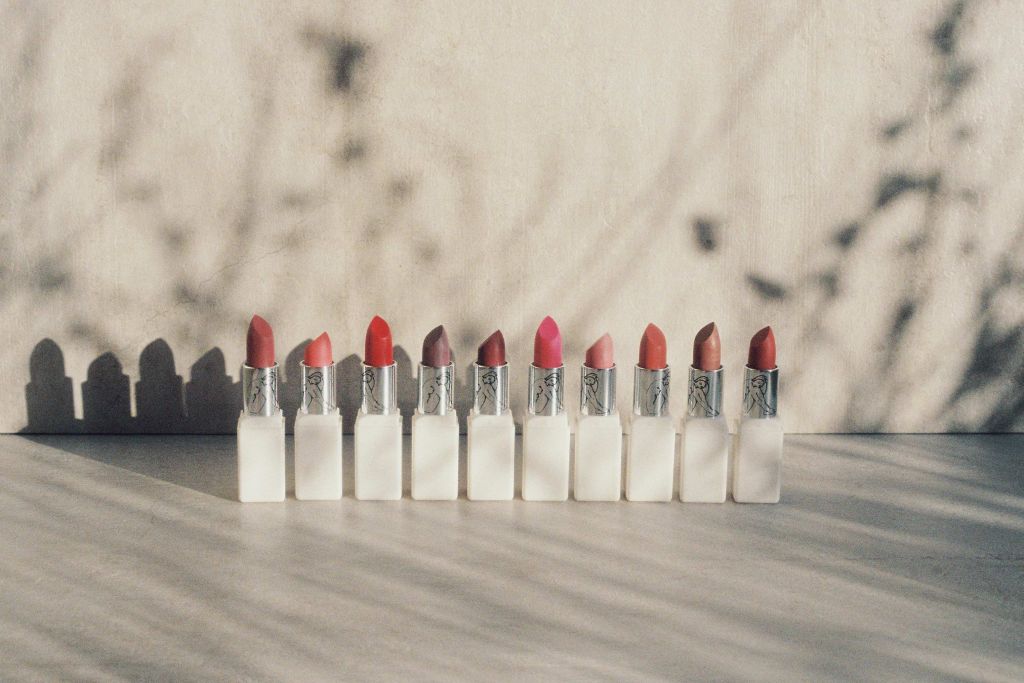
Where do you envision Mooma headed?
I would like to see my graphic design business decreasing and this increasing. I’m not a massive planner. I rely on my gut instinct. I’m on a journey, and I’m happy to see where it takes me. I want to increase the products and bring in more along the lines of the products I’ve been selling. I won’t ever compromise on quality or integrity. I trust that will work because it has worked so far.

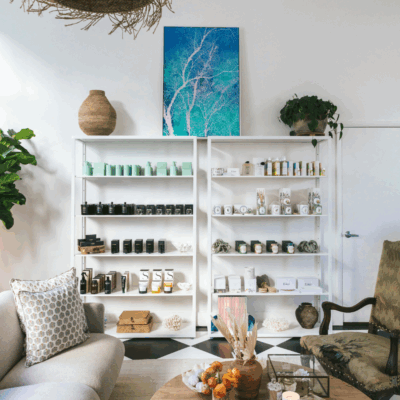
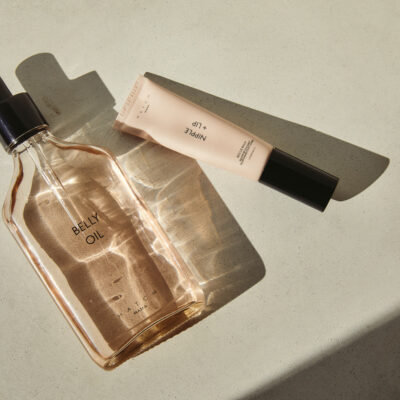

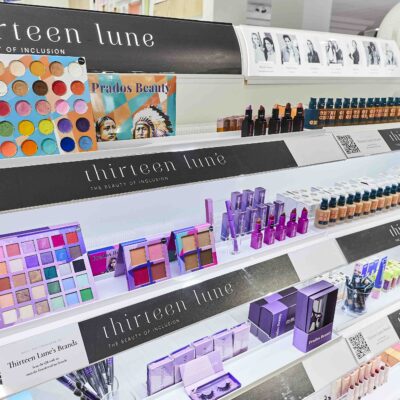
Leave a Reply
You must be logged in to post a comment.